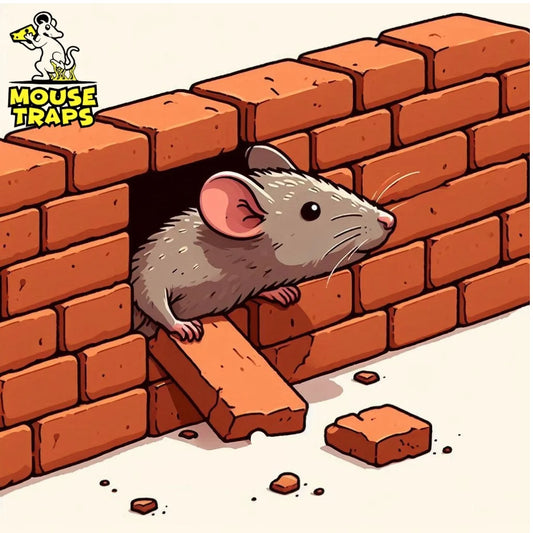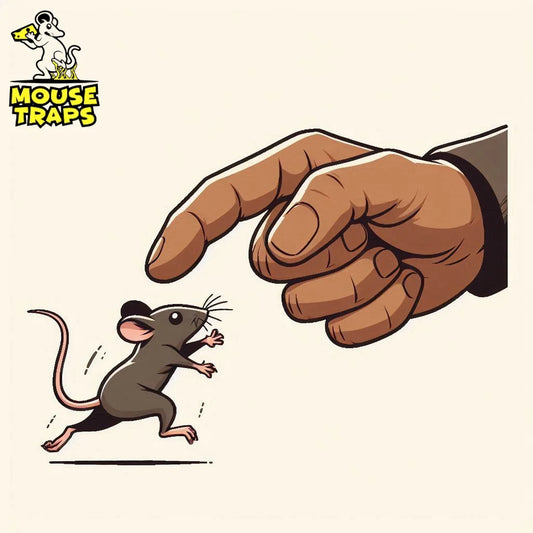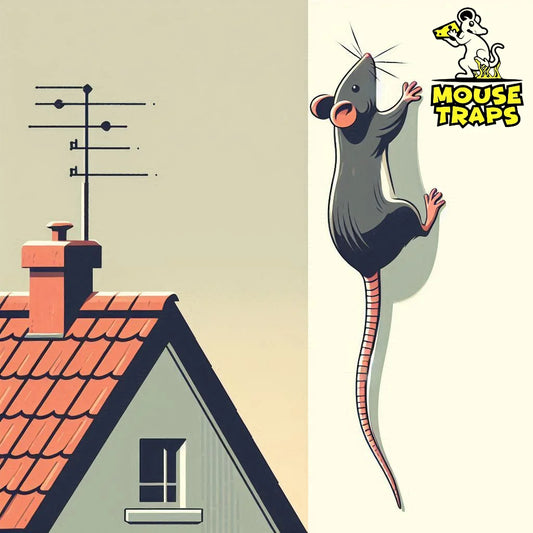Introduction:
Searching for ways to get rid of rat infestation? Want the best solution? Don't worry because we got you covered as there are several natural remedies that are believed to repel rats. While their effectiveness may vary and might not be as potent as commercial rat repellents products, some people find them helpful.
Here are a few natural remedies you can try:
-
Peppermint Oil: Rats reportedly dislike the strong smell of peppermint oil. Soak cotton balls in peppermint oil and place them in areas where rats are known to frequent.

-
Mothballs: Mothballs contain naphthalene, a compound that rats find unpleasant. Place mothballs in areas where rats are likely to enter or nest, but be cautious as naphthalene can be toxic to humans and pets if ingested.

-
Ammonia: Rats are believed to dislike the smell of ammonia. Soak rags or cotton balls in ammonia and place them near rat nests or entry points.
-
Black Pepper: Sprinkling black pepper around entry points or areas where rats are active may deter them due to its strong scent.

-
Cayenne Pepper: Similar to black pepper, cayenne pepper can be sprinkled in areas where rats are present. Its spicy scent might deter them.
-
Onion: Rats are said to dislike the smell of onions. Place onion slices near rat holes or entry points.
-
Garlic: Garlic has a strong odor that rats may find unpleasant. Crush garlic cloves and spread them around rat-infested areas.
-
Bay Leaves: Bay leaves are another natural rat repellent. Store them in pantries, cabinets or any other spots where food is typically kept.
-
Owls and Hawks: While not exactly a remedy you can apply directly, attracting natural predators of rats like owls or hawks to your area might help keep the rat population in check.

-
Proper sanitation: Keeping your home and surroundings clean by storing food properly, sealing garbage bins tightly, and eliminating clutter can help make your property less attractive to rats in the first place.
Note:
It's important to keep in mind that although these solutions may have some effectiveness they might not offer a guaranteed fix in cases of a rat problem. In such cases, it's often best to combine natural remedies with other control methods or seek professional pest control assistance. Additionally, always ensure the safety of humans and pets when using any pest control method. All aside these two rat traps are meant to be both non-toxic and most affective.
1-Live Mouse Traps:
A live humane trap is designed to capture rodents without harming them. These traps typically consist of a cage or box with a trigger mechanism that closes the door once the rat enters.
Click Here To Buy Live Traps

-
Placement: Place the live mouse trap in areas where you have observed mouse activity, such as along walls, near food sources, or close to entry points. Placing the trap next, to a wall can boost its efficiency as mice usually prefer to travel along walls.
-
Baiting: To lure mice into the trap, use a small amount of bait such as peanut butter, chocolate, or cheese. Place the bait at the far end of the trap or on the trigger mechanism.
-
Checking and Release: Check the trap frequently, preferably every few hours, to see if a mouse has been caught. Once a mouse is caught, handle the trap carefully to avoid stressing the mouse. Take the trap outdoors and release the mouse at least 100 feet away from your home to prevent it from returning.
Benefits of Live Mouse Traps:
- Humanely captures mice without harming them.
- Allows for the release of captured mice back into the wild.
- Safe to use around children and pets since they do not contain harmful chemicals.
2-Sticky Glue Traps:
Sticky glue traps are flat surfaces coated with a strong adhesive. When a rat steps onto the trap, it becomes stuck and unable to escape.
Click Here To Buy Sticky Pad Traps

-
Placement: Place the sticky glue trap along walls or in areas where you have noticed mouse activity. Position the trap so that mice will come into contact with the sticky surface as they travel.
-
Baiting: You can enhance their effectiveness by adding a small amount of bait in the center, such as peanut butter or small pieces of food.
-
Checking and Disposal: Check the trap regularly, preferably daily, to see if mice have been caught. If a mouse is trapped, carefully lift the trap and mouse together. To dispose of the mouse, either euthanize it humanely or release it using vegetable oil or cooking oil to dissolve the glue. Be careful not to get the oil on the mouse's fur or eyes.
Benefits of Sticky Glue Traps:
- Easy to set up and use.
- Effective in catching mice quickly.
- No need to handle live mice, reducing the risk of bites or exposure to diseases.
- Can be placed in tight spaces where traditional traps may not fit.
Conclusion:
In this article we've explained you all home remedies those are considered to work on rats. But to be hones they are that affective in all cases, so it is advised to consider appropriate ways to deal with rat infestations as it is a matter of your health. Live rat trap and sticky glue traps are most affective against rats in term of effectiveness and budget.




